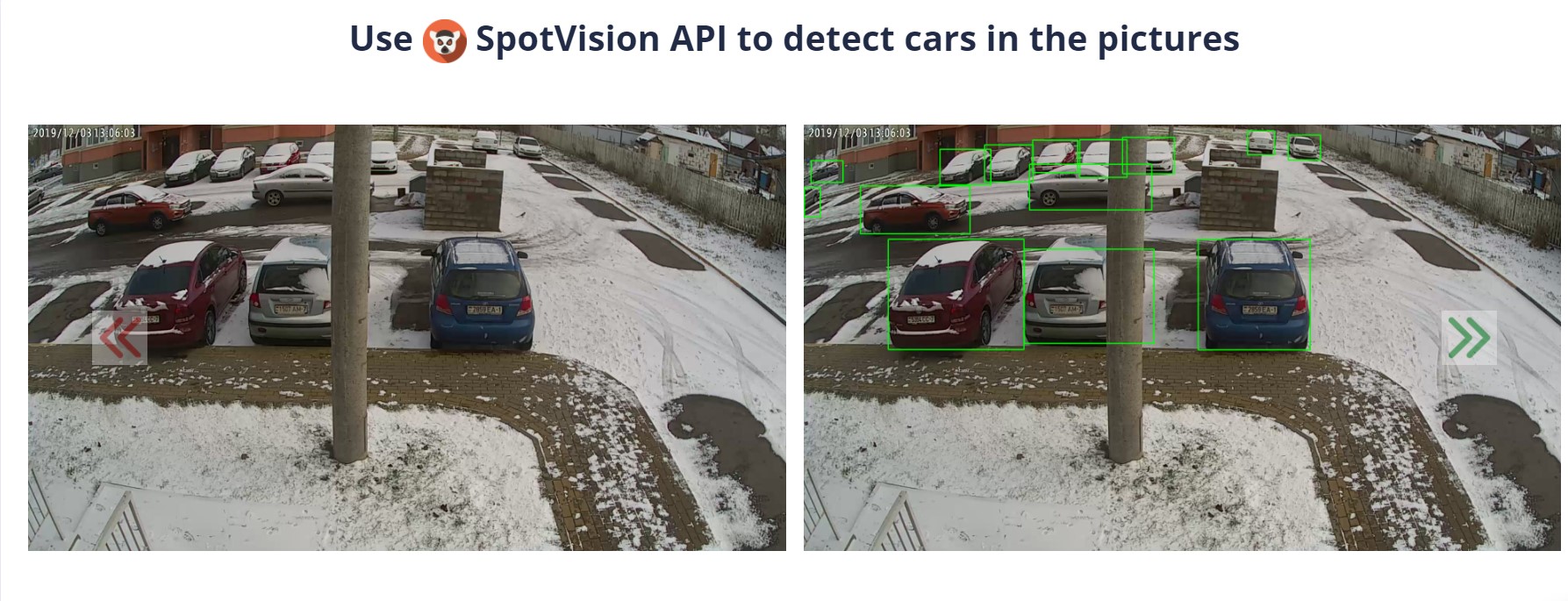Alors que le confinement – mis en place pour ne par faire de nouvelles victimes – se poursuit, le terme Folding @ home fait le tour des cercles scientifiques.
Il ne s’agit pas d’une nouvelle façon de s’attaquer à cette « pile de linge » qui semble grossir de semaine en semaine ; c’est une approche technologique fascinante pour aider les scientifiques à découvrir un remède contre le COVID-19.
Selon les scientifiques, les protéines sont constituées d’une chaîne linéaire de substances chimiques – les acides aminés – qui, si elles sont efficaces, se « plient » en structures compactes et fonctionnelles. La façon dont les composants d’une protéine s’arrangent et se déplacent détermine sa fonction. Les virus ont également des protéines, qui sont utilisées pour supprimer notre système immunitaire et se reproduire.
Pour aider à lutter contre le coronavirus, les scientifiques et les médecins doivent comprendre comment la protéine virale fonctionne, ou «se replie», s’ils veulent trouver des moyens de l’arrêter.
C’est là que le Big Data rencontre l’épidémiologie. En exécutant des simulations informatiques qui les aident à comprendre les parties mobiles des protéines, les chercheurs pensent que les données qu’ils collectent les rapprocheront d’un remède.
«Il n’y a jamais eu plus d’experts réunis pour se concentrer sur un seul et même sujet», déclare Michael Schmidt, architecte de Converged Cloud chez SAP.
Cependant, l’exécution des innombrables simulations nécessaires requiert une puissance de calcul énorme. C’est là que les entreprises et le grand public entrent en jeu. Le don de la puissance de calcul inutilisée peut accélérer la vitesse d’exécution de ces simulations, ce qui peut nous rapprocher d’un remède.
Click the button below to load the content from YouTube.
L’initiative a eu un grand coup de pouce lorsque NVIDIA a lancé un appel aux joueurs du monde entier, leur demandant de rejoindre le combat.
« Les ordinateurs de jeu sont des machines extrêmement puissantes », explique M. Schmidt. Avant cette crise, les joueurs utilisaient souvent leur capacité de réserve pour « miner » des cryptomonnaies et gagner un peu d’argent en parallèle. Mais maintenant, ils font don de la puissance de leur unité de traitement graphique (GPU) à la science ».
SAP s’est joint à cet effort. Pour que cela démarre rapidement, l’équipe DevOps de Schmidt a automatisé sa contribution en capacité, en augmentant la capacité de calcul de réserve existante. Cette capacité est située sur la plateforme d’édition d’entreprise convergente en nuage de la société, la même plateforme qui héberge un grand nombre de clients de SAP. Lorsque la crise COVID-19 a frappé, l’équipe a envisagé d’utiliser cette première mise en œuvre pour programmer et faire évoluer dynamiquement une unité centrale de traitement (CPU) et un GPU Folding@home à partir de la plateforme, en les augmentant lorsque les systèmes sont inactifs et en les réduisant lorsque d’autres charges utiles en ont besoin.
«L’une des choses que notre cloud fait vraiment bien est de répartir la charge sur les nombreux ordinateurs que nous avons dans nos centres de données», explique Schmidt. «Nous pouvons mesurer en temps réel la pression que nous mettons dans le système et réduire automatiquement la capacité que nous accordons à Folding @ home si nécessaire, en nous assurant vraiment qu’aucune charge utile productive n’est affectée.»
De plus, comme SAP maintient toujours une capacité de réserve pour ses clients, quelques nœuds GPU de rechange ont été ajoutés au projet. Bien que ces serveurs dédiés soient peu nombreux, ils peuvent calculer des unités de travail étendues qui donnent une très grande puissance de traitement pour des charges de travail très lourdes. L’équipe a ensuite augmenté sa contribution au projet Folding@home, en fournissant une moyenne de 19 pétaflops – ce qui équivaut à environ 50 000 CPU et GPU supplémentaires par rapport à sa capacité de réserve normale dans le cloud.
La charge de travail est répartie sur trois continents et neuf régions. L’équipe SAP se classe actuellement parmi les 200 premiers contributeurs, plus que les autres entreprises de logiciels. M. Schmidt se dit ravi des résultats, mais se souvient qu’il ne s’agit pas vraiment d’une compétition. « Nous sommes tous dans le même bateau, et je suis heureux que les autres entreprises donnent aussi beaucoup ».

En savoir plus sur l’objectif et la promesse de SAP: https://www.sap.com/corporate/en/purpose.html
Article publié pour la première fois en anglais sur news.sap.com
The post Quand le Big Data rencontre l’épidémiologie appeared first on SAP France News.
Source de l’article sur sap.com













